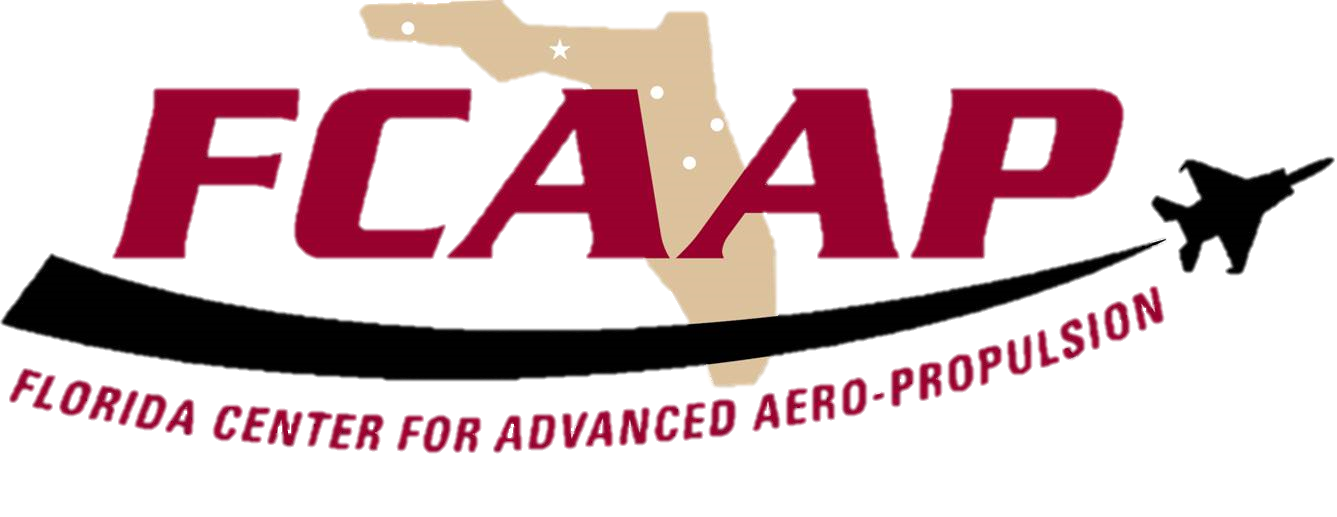
AAPL
Advanced Aero Propulsion Laboratory
Imagination is more important than knowledge. For knowledge is limited to all we now know and understand, while imagination embraces the entire world, and all there ever will be to know and understand.
—Albert EinsteinInteractions between shock waves and boundary layers are commonly occurring phenomena in transonic/supersonic flows. A Shock wave Boundary Layer Interaction (SBLI) is generated in a large number of applications, such as at the wing-fuselage and tail-fuselage junctions of a high-speed aircraft and inside supersonic inlets and diffusers. A shock wave interacting with the boundary layer can lead to regions of massively separated flows that can severely degrade aerodynamic performance. Some of the adverse effects of this phenomenon include pressure losses as well as high unsteady and steady pressure and aero-thermal loads.
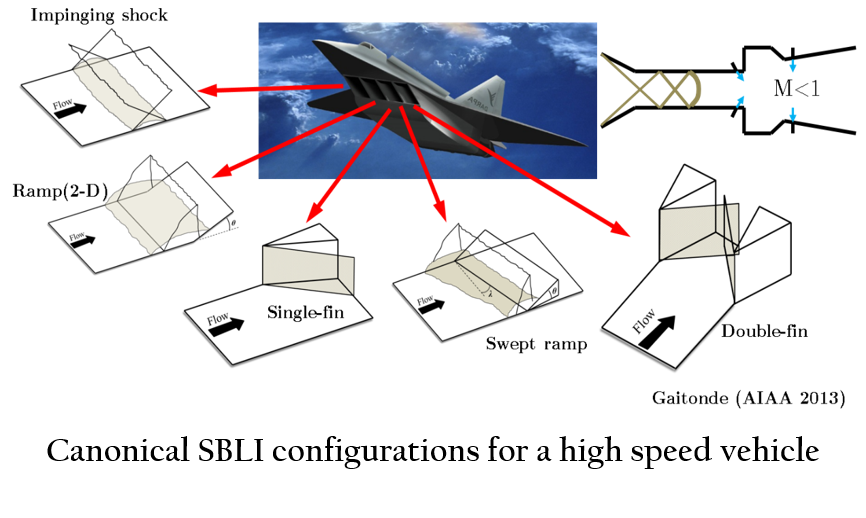
A sharp-edged fin mounted on a flat plate is a canonical configuration known to produce a 3-D dimensionless interaction. The obstruction created by the fin at an angle of attack (α), generates an oblique shock wave at an angle, Θ. The interaction strength of this shock can be varied by changing the α of the fin or the freestream Mach number.
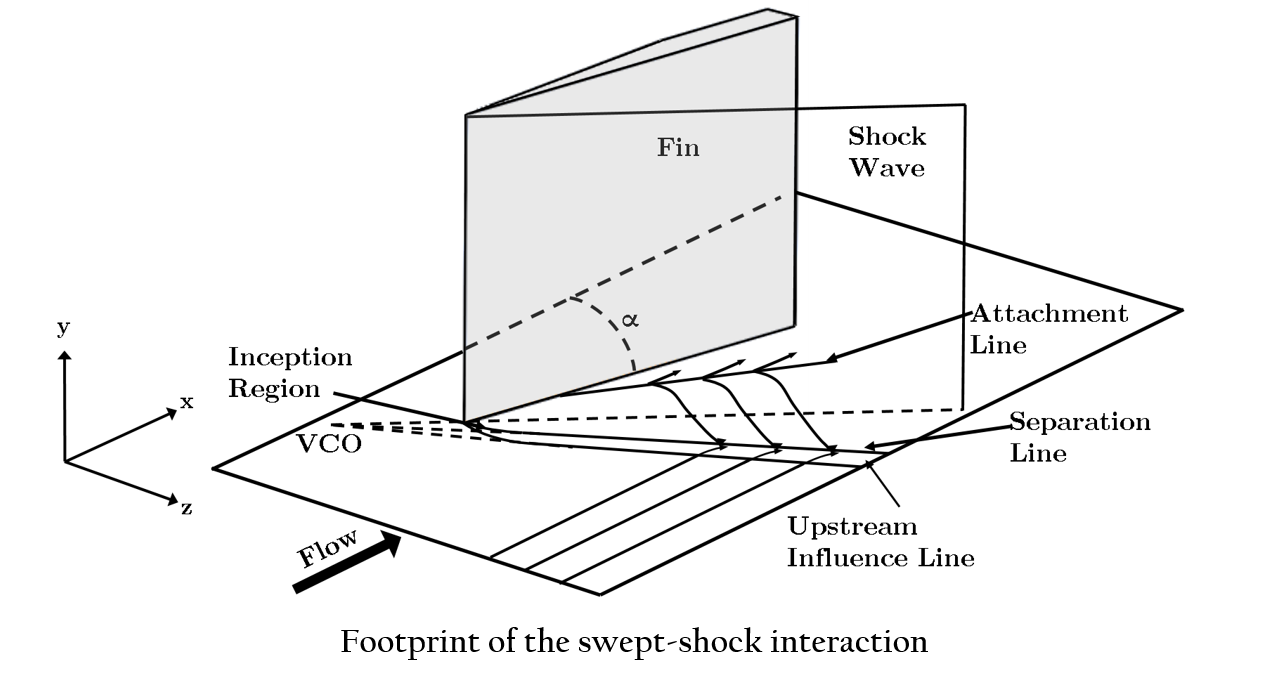
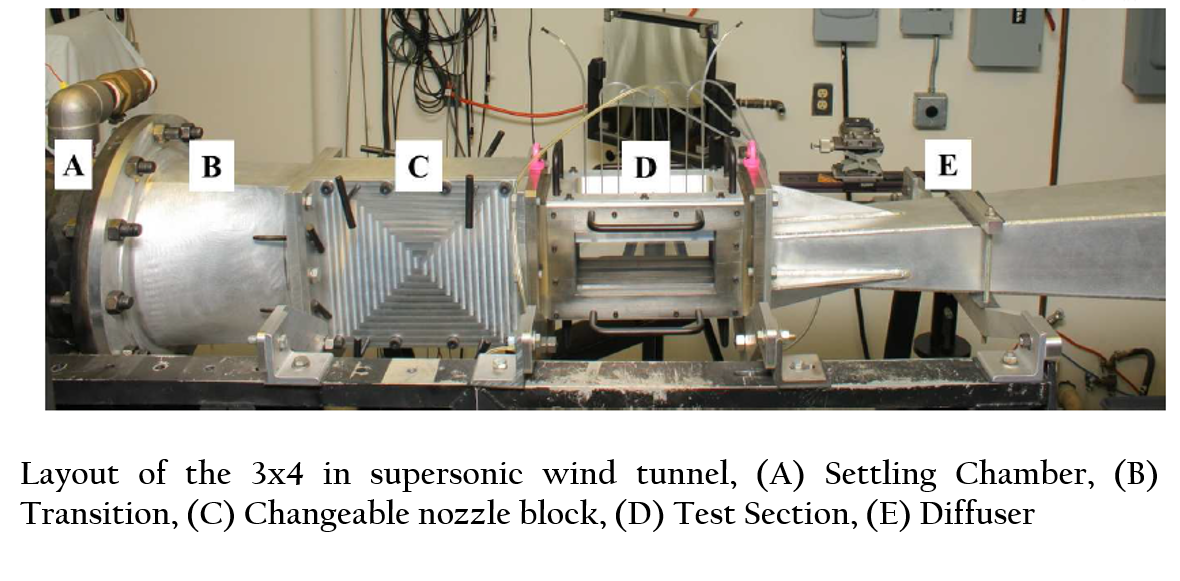 |
 |

 |
 |
A sharp-edged fin mounted on a flat plate is a canonical configuration known to produce a 3-D dimensionless interaction. The obstruction created by the fin at an angle of attack (α), generates an oblique shock wave at an angle, Θ. The interaction strength of this shock can be varied by changing the α of the fin or the freestream Mach number.
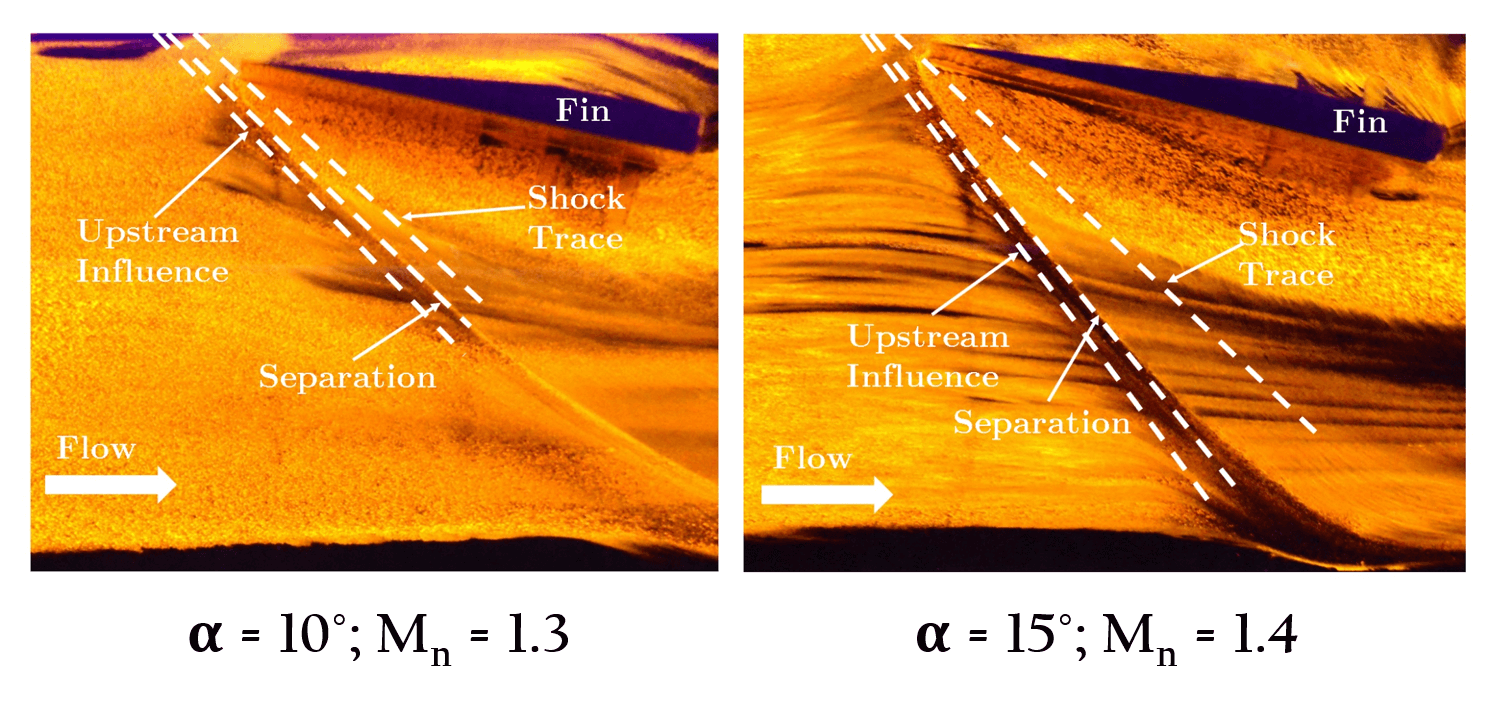
The velocity field of the fin generated SBLI at α = 15° in Mach 2 flow (Mn = 1.4) is shown on the right. It was acquired at two different planes in a conical frame of reference. The results are presented in both Cartesian (x’, y’) coordinates and spherical-polar coordinates (β, ϕ), where β and ϕ are referred to as azimuthal and polar directions. The spatial locations of the features are extracted and are shown to be in better agreement in the spherical-polar coordinate system.

